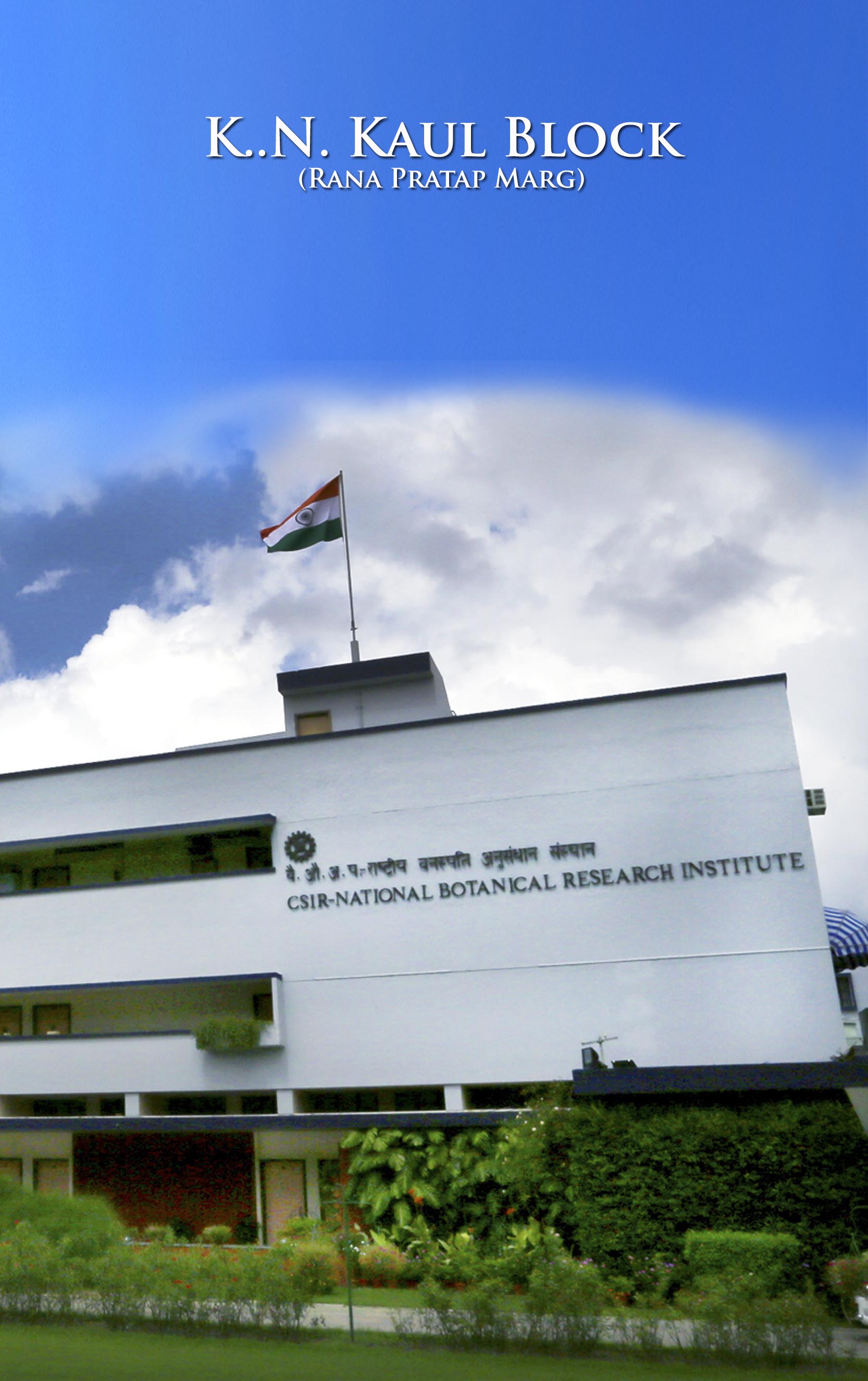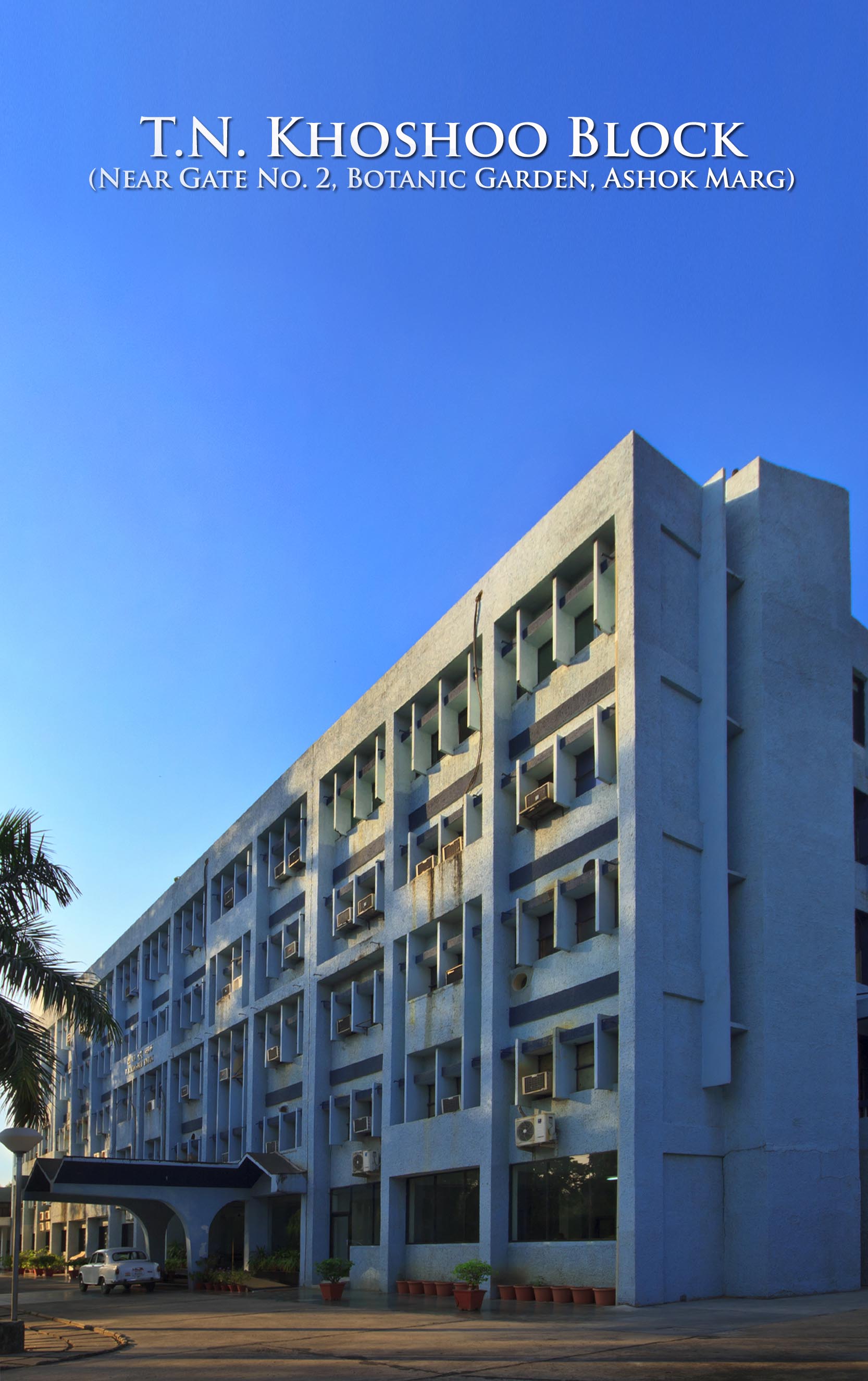
Nelumbo nucifera Gaertn. (hereafter lotus) is one of the most important and attractive aquatic plantsof India. Lotus is an important industrial crop as it possesses many medicinal and nutraceutical properties. The flower of lotus is the national flower of India.CSIR-NBRI, Lucknow has done significant work on conservation, propagation and cultivation of lotus. The institute has rich germplasm collection across the country, and technologies for assessing habitat suitability, their propagation, agro-technologies and value addition. In order to promote country’s national flower as a commercial crop across the globe, CSIR-NBRI intends to develop partnership with institutions/universities/governments across the globe for undertaking need-based collaborative research.

Nelumbo nucifera Gaertn.
Lotus is widely distributed in subtropical and tropical regions of south and southeast Asia. In India, it occurs throughout the country exhibiting enormous morphologicaland genetic diversity with a large number of racial variants in different shapes, sizes and shades of pink and white flowers having 16-160 petals. Generally the number of petals varies from 16-36 in most of the races of lotus. The maximum number of petals from 116-160, were recorded in a pink double flowered race collected from Midnapur (West Bengal) which has been described as N.nucifera ‘Krishna’. ‘Kamal Krishna’ is another extremely beautiful cultivar for cutflower having 4-5 days of vase life.
Lotus possesses many medicinal, economic and nutraceutical properties. In the ancient medicinal literature, it has been reported in several Ayurvedic formulations as sweet, cooling, astringent, demulcent useful in weakness, dysentery, diarrhoea, and also in curing cough and cold. The flowers are recommended as cardiotonic, liver, urinary and veneral disorders. The seeds are highly valued in conception, blood disorders and as cooling medicine. The leaves and rhizomes in powdered form are prescribed for the treatment of piles. The rhizomes and fresh seeds are edible and cooked for the preparation of several delicious dishes. The rhizomes are edible and sold in the vegetable market. The leaf and leaf stalk are eaten as vegetable. The leaves are also used as plates in rural areas for serving the food. Lotus flowers are in great demand in the floriculture market.The leaves can be used for making plates, boxes and packing materials.Whole flowers, petals and seed pods can be used as dried floral crafts.
Lotus is propagated by the division of rhizomes and seeds. Rhizomes with new sprouts are cut into small pieces having at least three nodes. Seeds are scarified at both the ends for early germination. They are grown in damp soil usually a combination of loam and clay soil. They require atleast six hours of sunlight a day and should be sparingly fertilized in the first year. It is important to protect the lotus roots from freezing.About 35000-40000 rhizomes are required for planting one hectare of land.
Specific objectives
Expected outcomes
